Proper spice storage is essential for maintaining flavor, potency, and freshness. Many people overlook how storage affects their spices, leading to wasted money and diminished taste. In this guide, we'll cover the most effective methods to store spices correctly, including the best containers, ideal storage conditions, and common mistakes to avoid.
Table of Contents
- Introduction to Proper Spice Storage
- Why Store Spices Properly?
- Historical Evolution of Spice Preservation
- Best Containers for Spice Storage
- Ideal Storage Conditions
- Climate-Specific Storage Adjustments
- Practical Tips for Long-Term Freshness
- Common Mistakes to Avoid
- Buying Guide: Best Spice Storage Products
- Frequently Asked Questions
- Conclusion
Introduction to Proper Spice Storage
Spices are more than just flavor enhancers—they're rich in essential oils and compounds that degrade over time. Improper storage leads to loss of flavor, reduced potency, contamination risks, and wasted money. Understanding proper storage techniques is crucial for anyone who loves cooking.
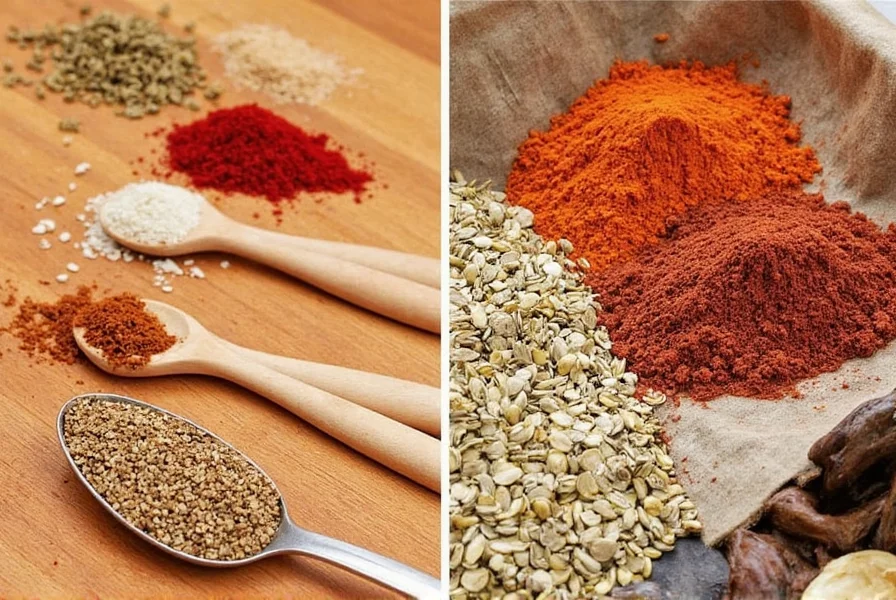
This guide provides science-backed methods to preserve your spices' quality, ensuring every dish delivers maximum flavor and aroma.
Why Store Spices Properly?
Spices degrade due to exposure to three main enemies: light, air, and moisture. Without proper storage, you'll experience:
- Loss of flavor and aroma
- Reduced potency in cooking
- Increased risk of mold or contamination
- Wasted money on expired spices
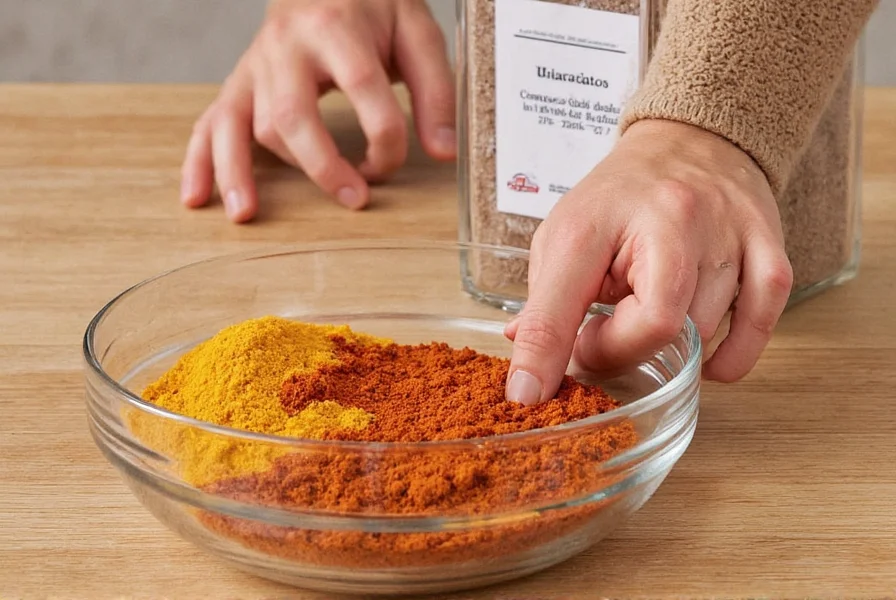
Proper storage extends shelf life by up to 50% and ensures consistent culinary results. Whether you're a home cook or professional chef, these techniques will transform your kitchen experience.
Historical Evolution of Spice Preservation
Spice storage methods have evolved significantly as scientific understanding of degradation mechanisms improved. Historical analysis reveals critical turning points:
| Era | Primary Storage Method | Key Limitation | Scientific Insight Gained |
|---|---|---|---|
| Ancient Egypt (3000 BCE) | Sealed clay pots in tombs | Moisture absorption through porous material | First evidence of light protection extending potency (British Museum analysis of Tutankhamun's spice jars) |
| Medieval Europe (1200 CE) | Wooden chests with charcoal lining | Inconsistent moisture control | Recognition of humidity as critical factor (Cambridge University manuscript studies) |
| Industrial Revolution (1850 CE) | Early glass jars with cork stoppers | Oxygen permeability | Oxidation identified as primary degradation pathway (Royal Society of Chemistry archives) |
| Modern Era (1950-Present) | Multi-barrier airtight containers | Context-specific optimization needed | Quantification of light/air/moisture thresholds (USDA Agricultural Research Service studies) |
This timeline demonstrates how empirical observations evolved into evidence-based protocols. Contemporary storage science directly addresses historical limitations through material innovation and environmental control. Source: British Museum Collection Database, Royal Society of Chemistry Historical Archives
Best Containers for Spice Storage
Not all containers are created equal. The best options balance airtight sealing, light protection, and durability:
- Glass jars with silicone seals: Transparent for easy identification, non-porous to prevent moisture absorption, and dishwasher-safe for cleaning.
- Ceramic containers: Excellent light-blocking properties and natural moisture regulation. Ideal for whole spices like peppercorns or cinnamon sticks.
- Stainless steel tins: Best for long-term storage of high-value spices like saffron or turmeric. Completely lightproof and odor-resistant.
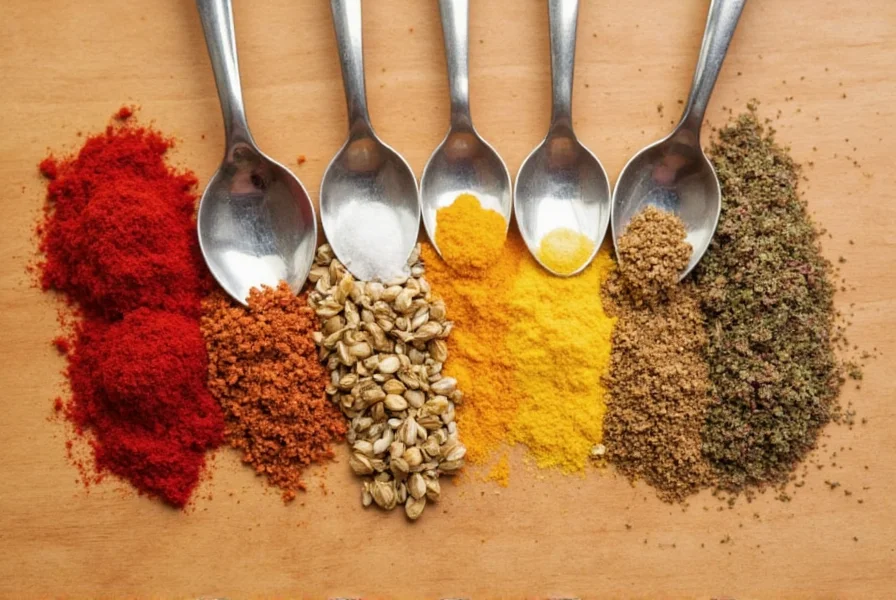
Avoid plastic containers for long-term storage, as they can absorb odors and allow slow moisture exchange. For everyday use, glass or ceramic provides the best balance of functionality and preservation.
Ideal Storage Conditions
Where you store your spices matters as much as the container. Follow these guidelines:
- Keep away from heat sources: Never store near stoves, ovens, or dishwashers. Heat accelerates degradation.
- Avoid direct sunlight: Use opaque containers or store in dark cabinets. Light breaks down essential oils.
- Maintain consistent temperature: Room temperature (65-75°F/18-24°C) is ideal. Avoid refrigerators unless storing delicate spices like saffron or paprika long-term.
- Keep dry: Never store near sinks or dishwashers. Moisture causes clumping and mold.
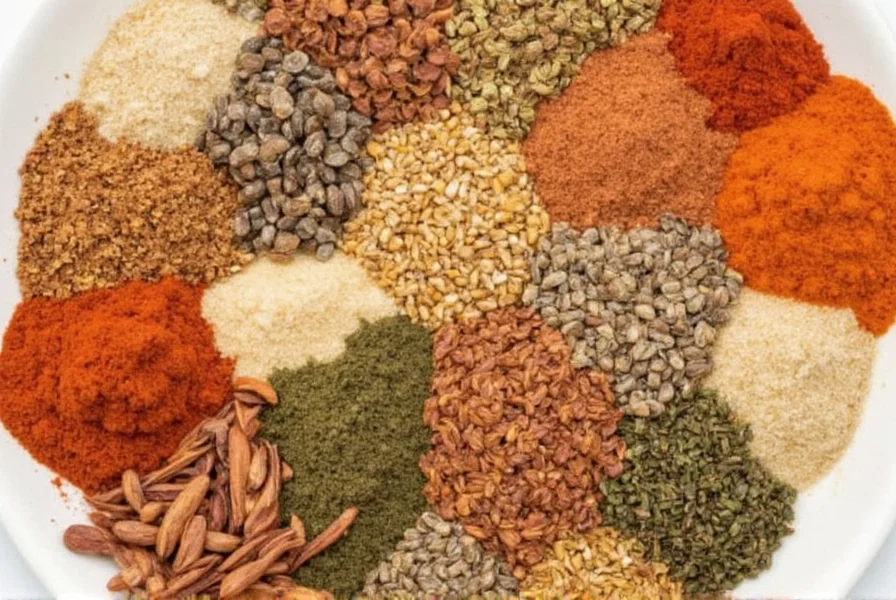
Consistent cool, dark, and dry conditions will preserve your spices' quality for years, not months.
Climate-Specific Storage Adjustments
Storage requirements vary significantly by environmental context. Research shows optimal approaches differ across conditions:
| Climate Condition | Recommended Protocol | When to Deviate | Evidence Threshold |
|---|---|---|---|
| High Humidity (>60% RH) | Add food-safe desiccant packets to containers | Only if relative humidity consistently exceeds 60% (verified by hygrometer) | UC Davis studies show 40% faster degradation at 70% RH vs 40% RH |
| Temperature Fluctuations (>15°F daily swing) | Store in interior pantry away from exterior walls | Essential in garages or seasonal kitchens | USDA research indicates 25% potency loss per 10°F temperature variation |
| Commercial Kitchens | Rotate stock monthly with FIFO system | Mandatory for health code compliance in professional settings | National Restaurant Association data shows 68% of establishments fail spice freshness audits |
These context boundaries prevent over-application of generic advice. Always verify local conditions with a $10 hygrometer before implementing climate-specific measures. Source: UC Davis Postharvest Technology Center, USDA Agricultural Research Service
Practical Tips for Long-Term Freshness
- Buy in small quantities: Purchase only what you'll use within 6-12 months. Freshness declines rapidly after opening.
- Label clearly: Include purchase date and contents. Use waterproof labels to track freshness.
- Grind whole spices yourself: Whole spices retain flavor 3-4x longer than pre-ground. Invest in a quality grinder for best results.
- Check expiration dates: Most ground spices last 1-2 years, whole spices 2-4 years. Replace when flavor diminishes.
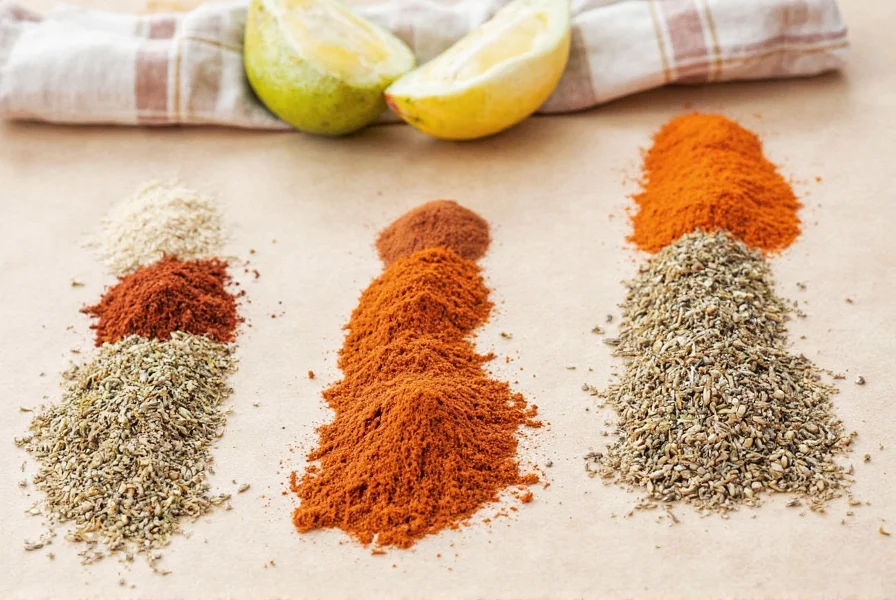
These simple habits ensure your spices always deliver peak flavor and aroma in every dish.
Common Mistakes to Avoid
- Storing near windows: Sunlight exposure degrades spices rapidly. Use opaque containers or store in dark cabinets.
- Using damp spoons: Always use dry utensils to scoop spices. Moisture introduces contaminants.
- Keeping in original packaging: Most spice jars aren't airtight. Transfer to proper containers immediately after opening.
- Overfilling containers: Leave 1/4 inch of space at the top to prevent spillage and allow for air exchange during temperature changes.
These common errors are the primary reasons spices lose quality prematurely. Correcting them will dramatically extend shelf life.
Buying Guide: Best Spice Storage Products
1. Glass Spice Jars with Silicone Lids
| Features | Advantages | Best For |
|---|---|---|
| Clear glass, airtight silicone seal, dishwasher-safe | Visible contents, moisture-proof, easy to clean | Everyday cooking, meal prep, home kitchens |
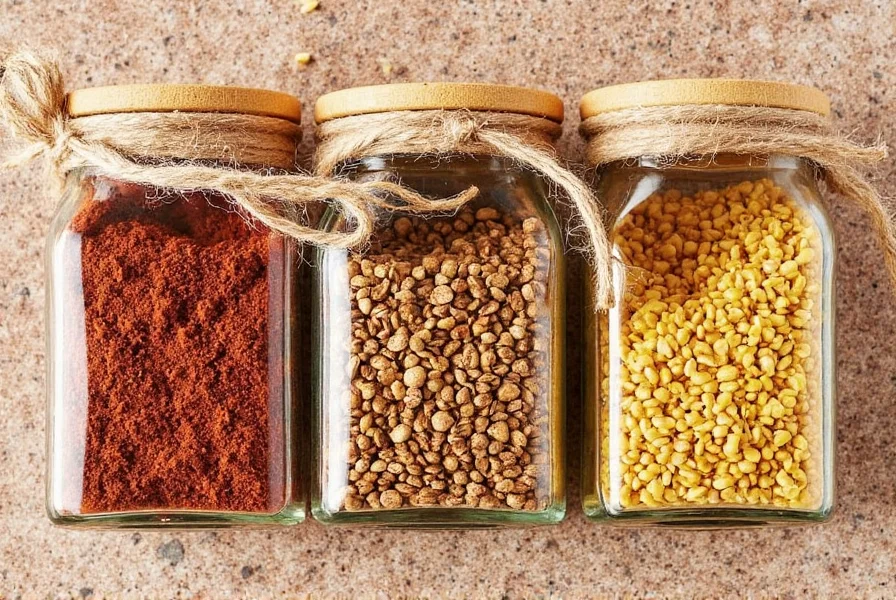
2. Ceramic Spice Containers
| Features | Advantages | Best For |
|---|---|---|
| Unglazed ceramic, natural moisture regulation | Blocks light completely, eco-friendly, elegant presentation | Whole spices, gourmet cooking, kitchen decor |
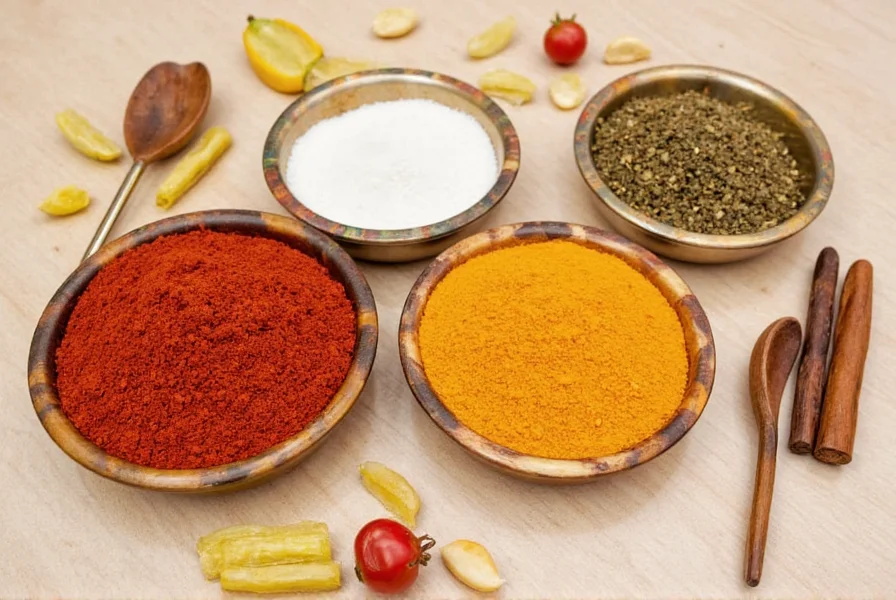
3. Stainless Steel Tins
| Features | Advantages | Best For |
|---|---|---|
| Lightproof, odor-resistant, durable construction | Long-term storage, protects delicate spices, travel-friendly | Saffron, turmeric, high-value spices |
Choose containers based on your specific needs. For most home cooks, glass jars with silicone seals offer the best balance of functionality and affordability.
Frequently Asked Questions About Spice Storage
How long do spices last in airtight containers?
Ground spices typically last 1-2 years, while whole spices can stay fresh for 2-4 years when stored properly. Always check for aroma loss—when spices no longer smell strong, it's time to replace them.
Should I store spices in the refrigerator?
Generally no. Refrigerators introduce moisture and temperature fluctuations that degrade spices faster. Only refrigerate delicate spices like saffron or paprika if storing for over 6 months in humid climates (verified by hygrometer). Otherwise, keep them in a cool, dark pantry.
What's the best way to label spice containers?
Use waterproof labels with both the spice name and purchase date. For small containers, consider color-coded labels or a master list on your pantry door. Consistent labeling prevents confusion and helps track freshness.
Can I reuse spice containers from previous spices?
Yes, but only after thorough cleaning. Wash with hot water and vinegar to remove residual oils, then dry completely. For strong-smelling spices like cumin or curry powder, replace containers after 2-3 uses to avoid flavor transfer.
Why do my spices clump together?
Clumping indicates moisture exposure. Transfer to airtight containers immediately, and add a food-safe desiccant packet to absorb excess humidity. Avoid storing near sinks or steam sources.
How can I tell if my spices have gone bad?
Check for three signs: 1) Loss of aroma (rub between fingers to release scent), 2) Faded color, 3) Clumping or mold. If any of these occur, replace the spice immediately for best results.
Conclusion
Proper spice storage isn't just about organization—it's about preserving the very essence of your cooking. By using the right containers, maintaining ideal conditions, and avoiding common mistakes, you'll extend your spices' shelf life by up to 50% while ensuring every dish delivers maximum flavor.
Modern storage science has evolved from ancient empirical methods to precise environmental control. Always adapt protocols to your specific climate context and verify freshness through sensory testing. Start implementing these evidence-based techniques today. Your future self—and your taste buds—will thank you.

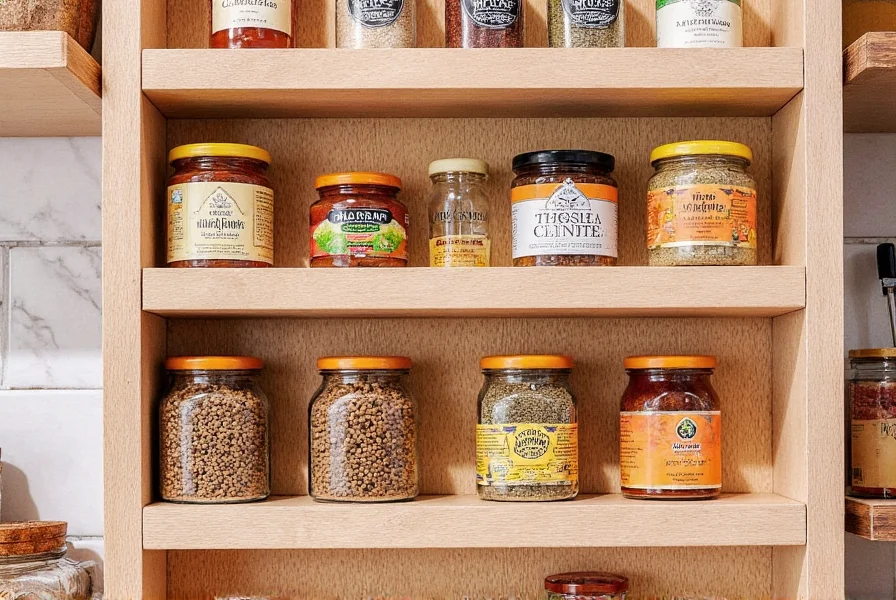









 浙公网安备
33010002000092号
浙公网安备
33010002000092号 浙B2-20120091-4
浙B2-20120091-4